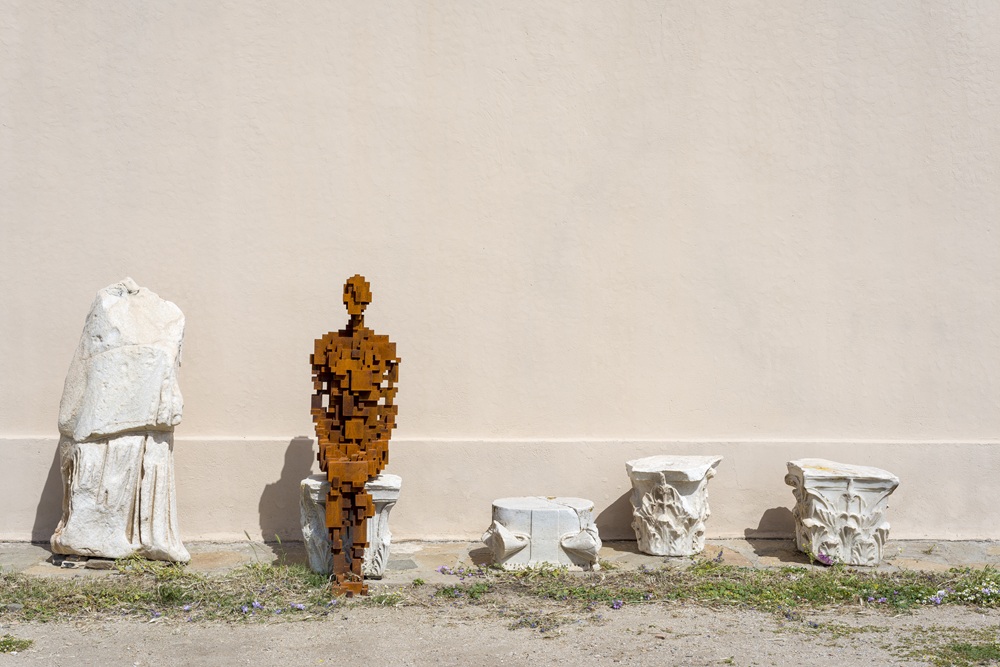
The first work of contemporary art to be permanently exhibited in an archaeological site in Greece is an anthropomorphic sculptural installation by British artist Anthony Gormley, in the exterior of the Archaeological Museum of Delos, following the completion of the first donation by the NEON organization to the Ministry of Culture.
The original work RULE was created by Gormley as a new commission from NEON as part of the SIGHT exhibition held on the island of Delos between May and October 2019. RULE II (2019) is on permanent display at the archaeological site as a reference point for the conversation between classical and contemporary culture.
Delos is the ideal place for such an “experiment”. Although it is now a ruin, the classical past of the place was quite different. A religious centre of the Cyclades and a sacred island of Apollo, Delos was also a bustling, cosmopolitan port. A place where people from all over the Mediterranean coexisted. A place open to contrasts and innovations.
Gormley, like so many others, was fascinated by the energy of the island, which was the driving force behind the design and implementation of the exhibition.
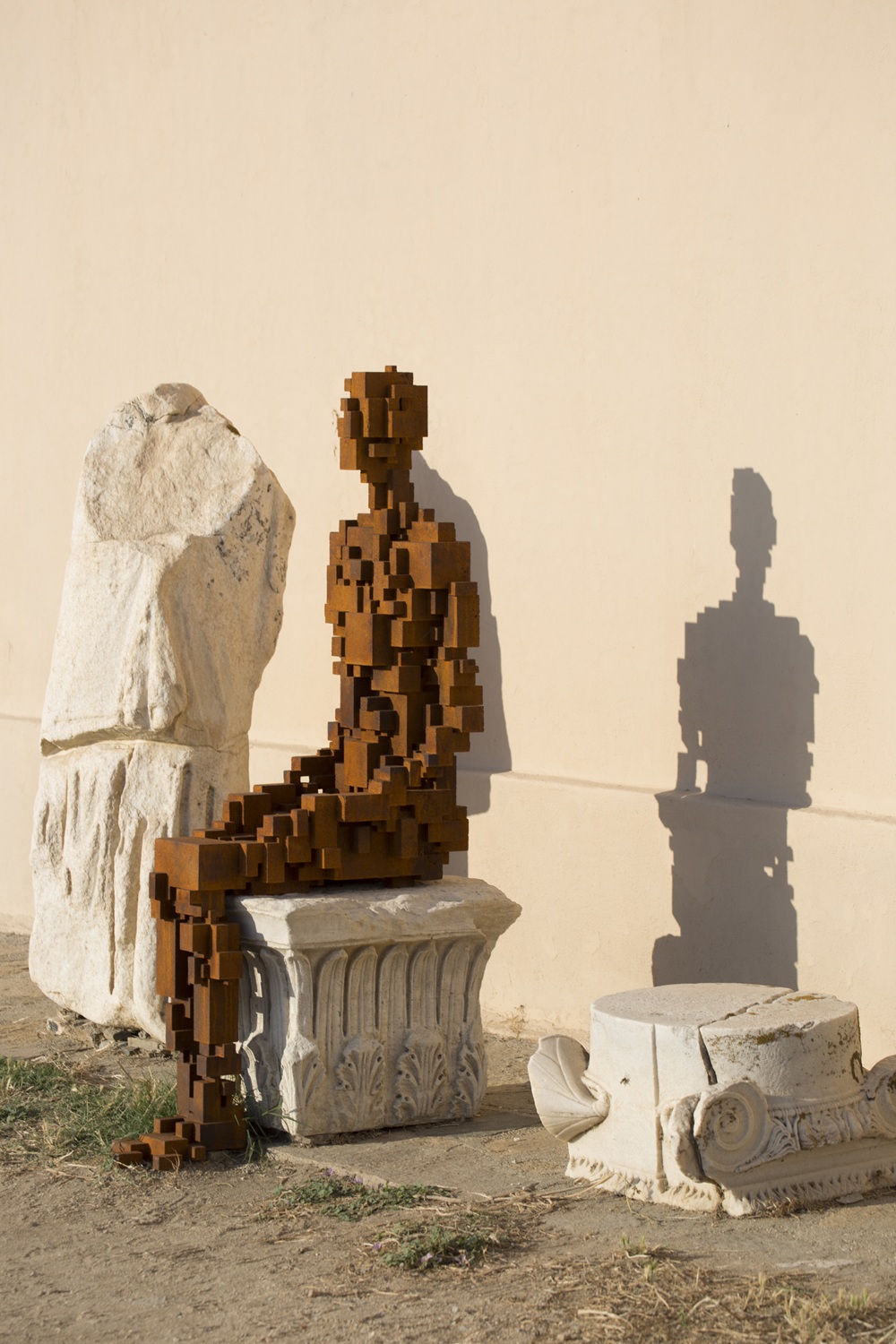
The seated figure, formed by cubes that clearly refers to the digital era, found its permanent place on the outskirts of the archaeological site of Delos. The installation itself, with the “oxidized” iron sculpture next to the white marble figure and the capstone, emphasizes the central idea of the coexistence of the classical and the contemporary, just as it had since the SIGHT exhibition.
Obviously, the artist’s aim was not to accurately capture a historical figure, but to capture the body in space and time. It is an invitation to the visitor to interact with the work. The stillness of the sculpture is “open” to interpretation.
Both the temporary exhibition SIGHT and the permanent exhibition of RULE II Delos are the result of the collaboration between the NEON Organization, the Ministry of Culture, the Ephorate of Antiquities of Cyclades and of course the artist. It paves the way for other similar initiatives and a new approach to archaeological sites and cultural heritage, which can be an inspiration rather than an inaccessible space.

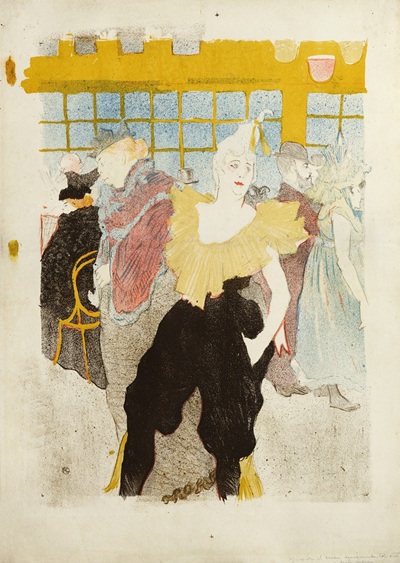
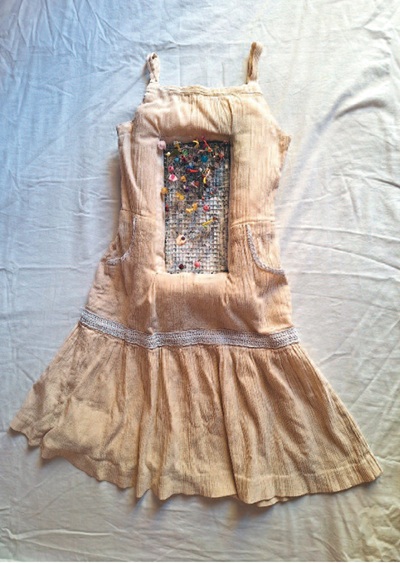

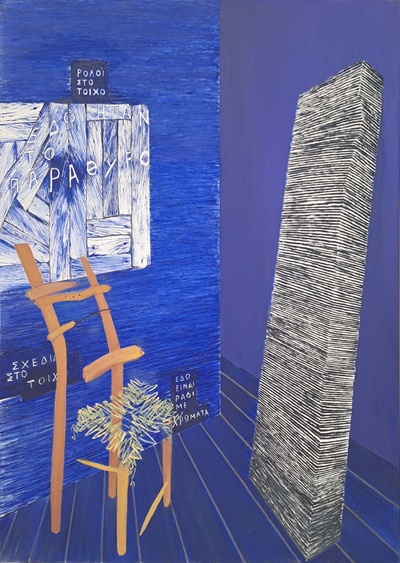


Leave A Comment